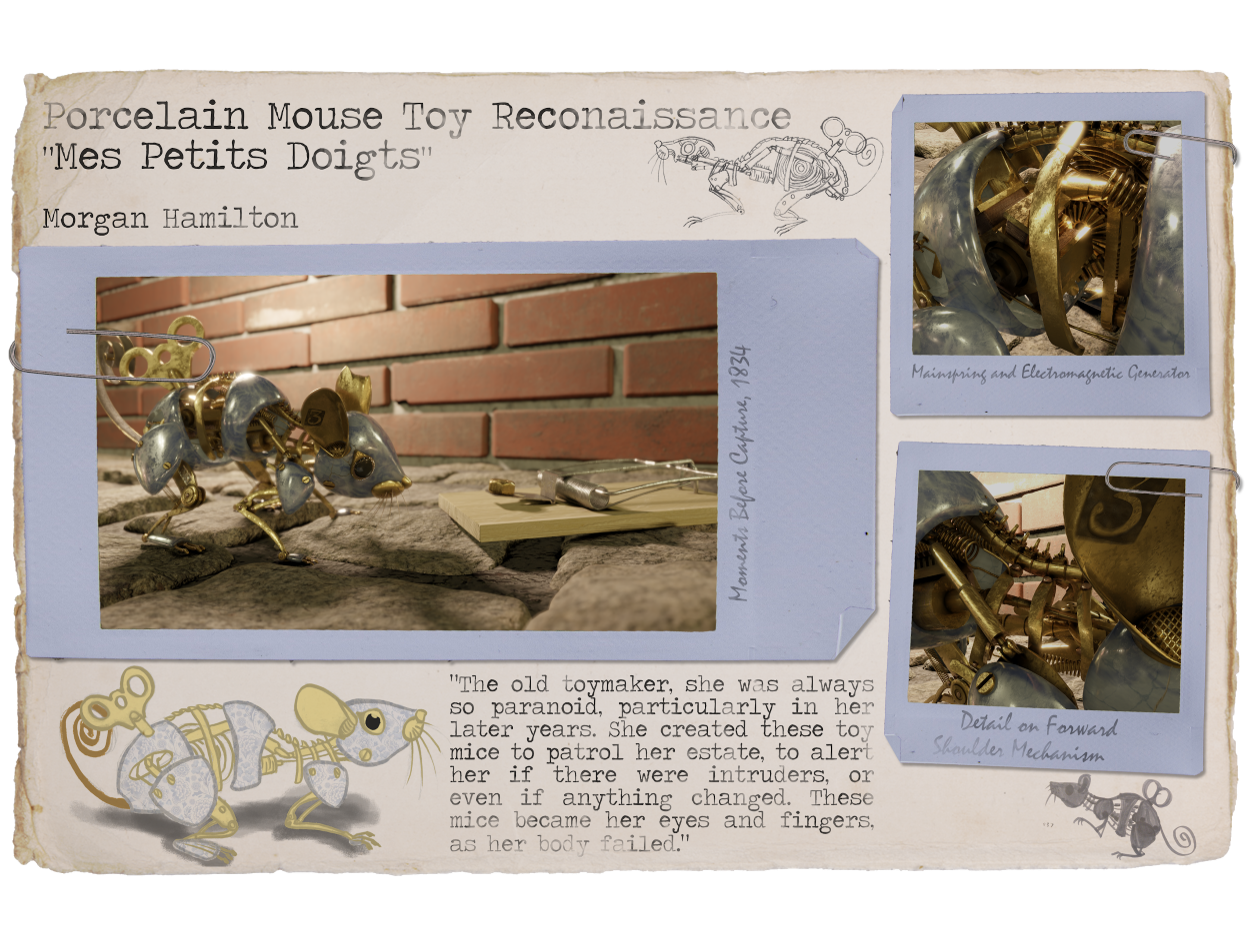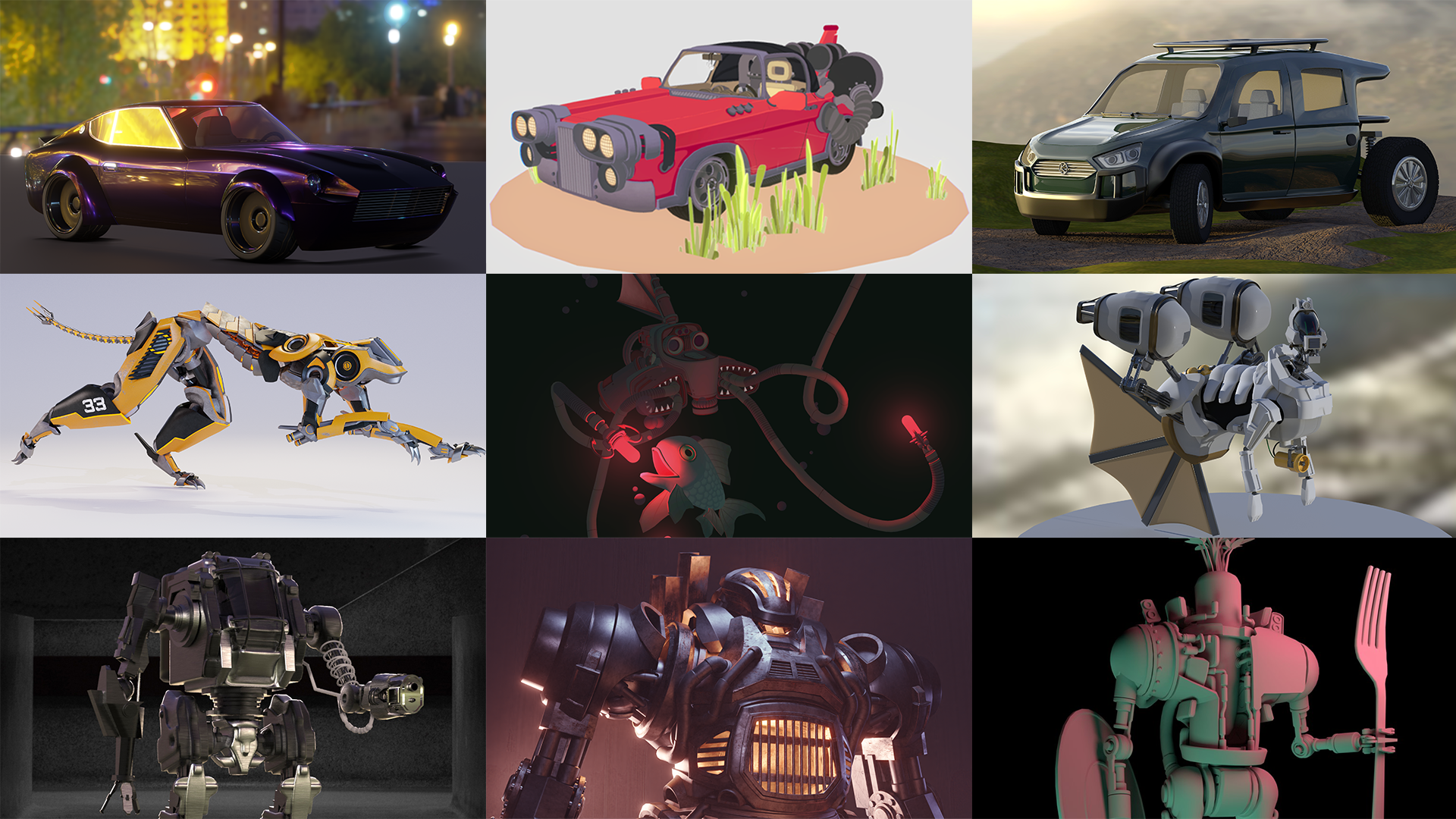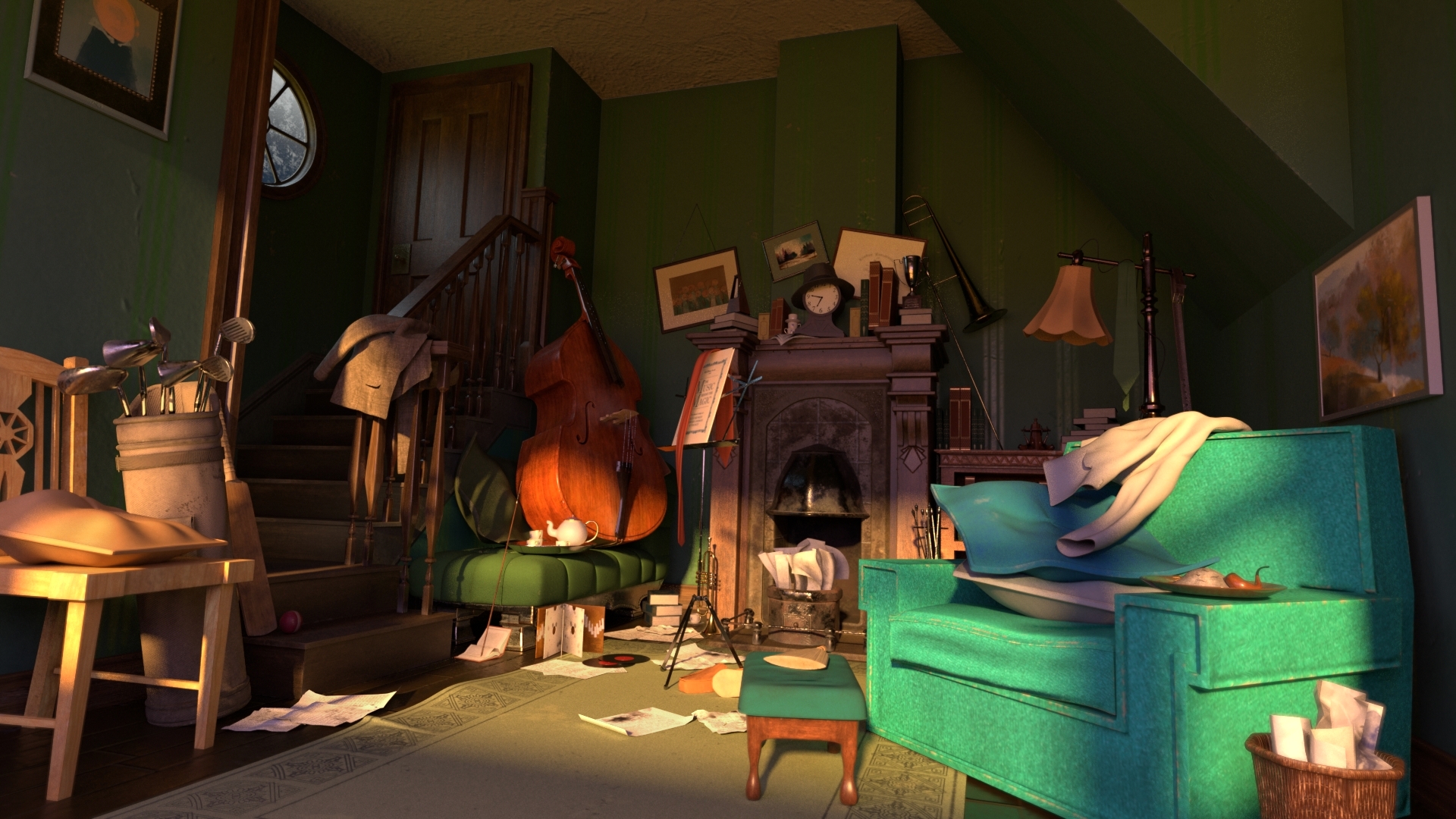
Ihab Mardini
Associate Professor, Art - Design and Applied Arts
Ihab Mardini
Associate Professor, Art - Design and Applied Arts
Education
BA, International University of Science and Technology (Syria); MFA, Rochester Institute of Technology
Bio
Ihab graduated in 2014 after being awarded the Outstanding Student of College of Imaging Arts at RIT, and he was chosen as the delegate of all RIT grad students. His teaching career took-off in 2014 as an adjunct Professor in the School of Film and Animation (SOFA), he was hired later as a visiting professor at the 3D Digital Design program (3DDD), where he later was offered the position of an Assistant Professor, a position he currently holds. He is now also an affiliate Professor of the Center for Media, Arts, Games, Interaction & Creativity (MAGIC).
In addition to teaching academically, for several years Ihab has taught 3D modeling and animation to kids at the RIT Tiger-Camps. He has also been volunteering to teach animation to kids at the Joseph Avenue Arts and Culture Alliance.
Throughout his career at RIT Ihab worked on several personal and commissioned films, which reaped him numerous film recognitions including a permanent display of Iroquois Creation Story at Ganondagan’s Seneca Art & Culture Center and two Best Animation awards, in addition to a permanent display of Soap Film at the Exploratorium Museum of Science. As a Professor, Ihab was nominated for Teaching with Technology in 2022, the Eisenhart Nomination – RIT Outstanding Teaching Award in 2018, and a Nomination for Outstanding Teaching Award for Non-Tenure-Track Faculty in 2015.
Currently Teaching
In the News
-
July 28, 2023

MAGIC Center partnership with Foundry creates interdisciplinary research opportunities for students
RIT’s MAGIC Center and MAGIC Spell Studios has formed a partnership with Foundry, a Rochester-based company whose mission is to empower institutional miners, staking customers, and blockchain entrepreneurs with the tools they need.
Featured Work
Hard Surface Design 2020 Class Reel - RIT 3DDD
All students are credited on the Behance Project
Hard Surface Design 2020 Class Reel Check the Behance Project link for more information: https://www.behance.net/gallery/117174567/Hard-Surface-Design-2020-Class-Reel-RIT-3DDD
Hard Surface Design - RIT 3D Digital Design 2019
All students are credited on the Behance Project
Class reel of Hard Surface Design https://www.behance.net/portfolio/editor?project_id=106758871
Lighting Materials & Rendering - 2018 Class Reel
All students are credited on the Behance Project
Class Reel Check the Behance Project link for more information: https://www.behance.net/gallery/65466865/Lighting-Materials-Rendering-2018-Class-Reel






